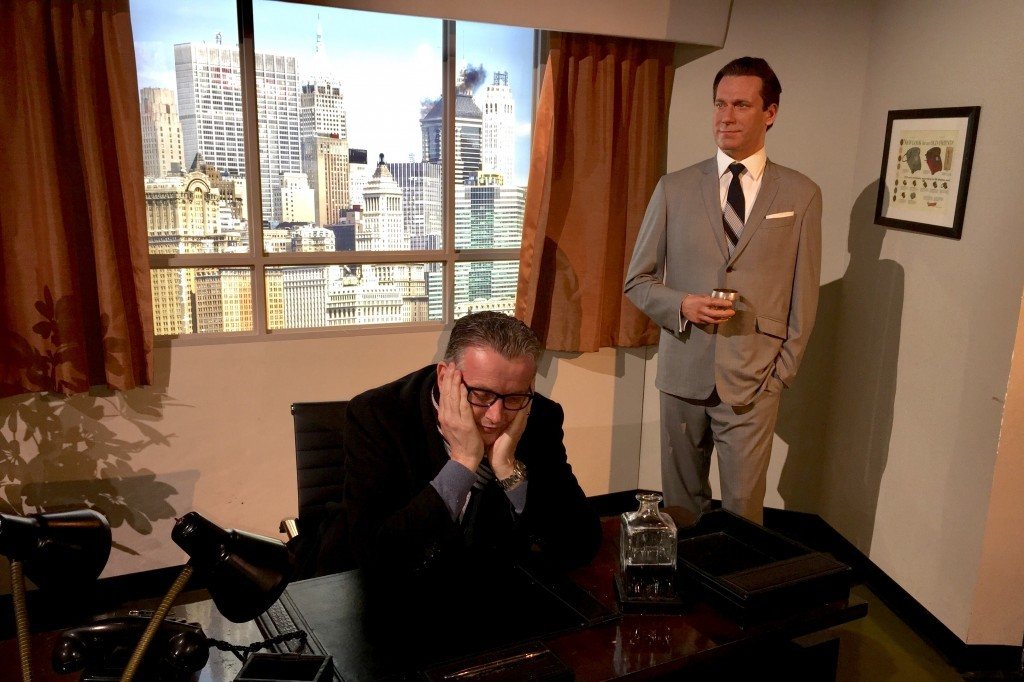All sorts of news vying for attention this past week. Accenture evolves its marketing services offering further, buying top UK creative agency Karmarama. And as a further proof point that the relationship between media agencies and media owners is really warped, The Daily Mail in the UK discloses for the second year in a row that they set money aside to pay agency holding companies a volume bonus independent from clients’ volume deals (almost $27 million in 2016). And P&G shared at their analyst day last week how it has cut their agency roster from a generous 6,000 to a mere 3,000 agencies worldwide over the last three years.
So what are we to make of all this?
I think the most interesting ideas that relate to all of the above probably came from WPP. They, too, held an investor day at which they shared their vision of the communications industry going forward. It can be summed up as “cross selling”.
They argue, rightly so, that if you look at all the service offerings across WPP, there basically isn’t an advertiser need that they cannot deliver. From the response of some of the analysts in attendance at the analysts day this seems to be a convincing proposition. But I have some reservations.
First of all, the idea that one group can offer all of the services needed is as old as Don Draper. When I started my career at J. Walter Thompson way back when, JWT offered media planning and buying, creative strategy and development, production across all media, print services, research as well as direct marketing services (especially important for the Ford Dealers which was a key client).
Today, JWT is of course part of WPP, and it offers creative strategy and development. All that other stuff you need for an integrated campaign you now buy from WPP’s Kantar, Group M, Milward Brown, Xaxis, eXhange Lab, and a whole host of other service providers.
Yes, they are all under one roof, but not really. WPP will argue that they provide the roof, and that more and more of their clients are bundling services under that one roof. Team Ford is an example that brings together a variety of service providers from the WPP family needed to deliver an integrated campaign across all relevant touch points.
And WPP isn’t alone of course in this approach. Arch rival Omnicom follows the same approach and its most recent success is We Are Unlimited for McDonald’s, bringing together (amongst others) DDB, Alma, OMD and a bunch of other bits and pieces.
But here is the thing. Consumers are unbundling their consumption at a pretty fast rate. Cable companies are struggling to sell more services, because of unbundling and cord cutting. Mobile phone companies are unbundling their traditionally contract driven offering. Where we used to buy all our groceries from the supermarket, we now unbundle those purchases to include the likes of Amazon, Dollar Shave Club, PetCo, etc.
So are agency holding companies ahead of the curve when they unbundled initially and are now re-bundling? Or are they behind on the unbundling trend and is there a future where advertisers unbundle at the expense of holding companies?
It is fair to say that, as always, one size does not fit all. If you want to find out more about the types of solutions we have engineered for our clients, and why, please use the contact information below.
[Maarten is a featured contributor to MediaPost, this article was originally published here]




